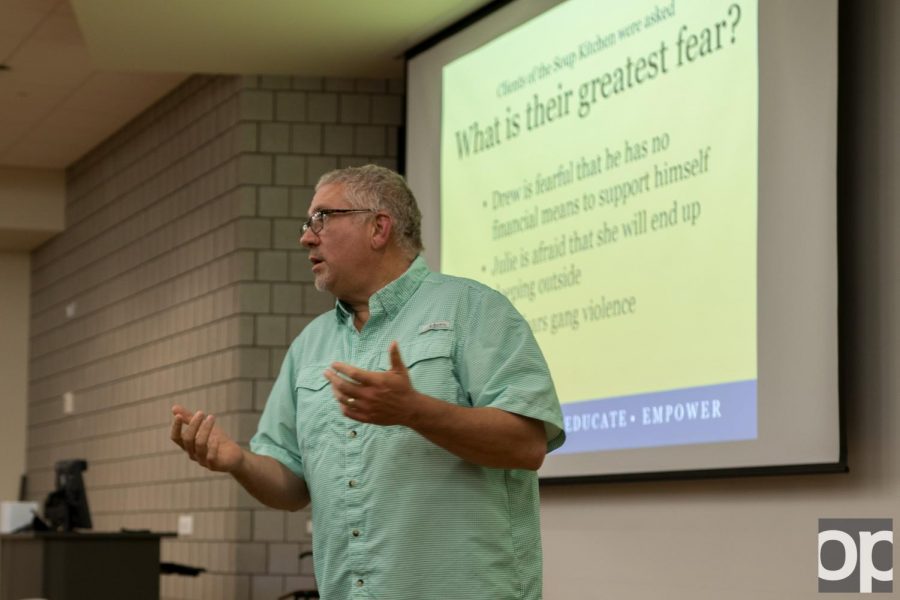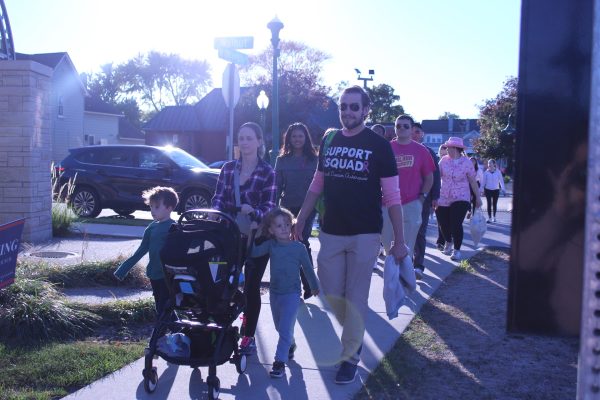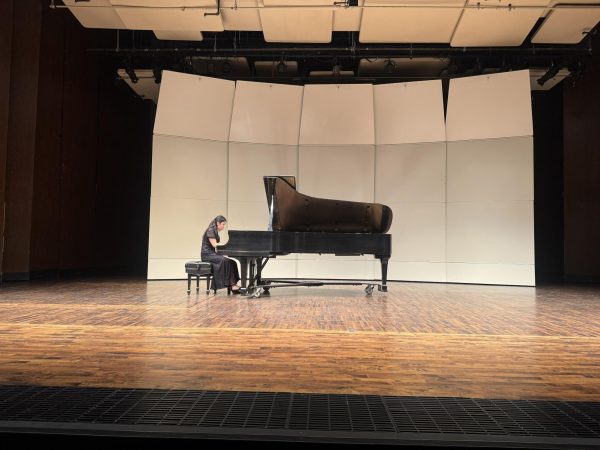WHP fights homelessness with Fourth Annual “Fight the Night”
In a world of distractions and comfort, it can be hard to see past the rush of everyday life. That is not a luxury the homeless of Oakland County have.
On Saturday, Nov. 10, Fight the Night brought the plight of the homeless to Oakland University students for the fourth time.
The Wellness & Health Promotion (WHP) Student Society hosted the event for the second time, taking over from Professor Charlie Rinehart’s Persuasion/Marketing in Health class. Since taking over, changes have been made to make the event more accessible including the speaker part of the night being moved indoors and a lottery to sleep indoors being implemented.
While some may see this as defeating the point of the event – sleeping in the cold to simulate what it is like being homeless – the WHP Student Society president Carly Glunz does not see it that way.
“We think that with the majority of people spending the night still spending the night outside, they’re getting [the homeless] experience, and everyone who’s coming is mentally prepared and has the means to spend the night outside,” Glunz said.
She added that having a small number of participants stay inside emulates the limited space of homeless shelters.
Fight the Night has been raising money for the Baldwin Center in Pontiac with donation bins across campus and a Crowdrise fundraising page that has generated over $4,000 in donations. Cash and check donations were accepted for people visiting.
The event began at 7 p.m. – Twenty people were in the lecture hall and eight more would come in during the talks – a lower turnout than last year’s 50 person event according to Glunz.
Scott Crabill, a representative from the Baldwin Center Board of Directors, spoke about the mission of the Baldwin Center.
“Our mission – being rather straightforward – feed, clothe, educate, and empower the men, women and children of Pontiac,” Crabill said.
He talked about the services of the Baldwin Center, focusing on the Clothing Closet. Unlike the Salvation Army, the clothing is free to people who need it.
“We try to make this as dignifying as possible,” Crabill said. “What I mean by that is when you walk in there, it is set up like a department store. There’s a women’s section, a men’s section and a kids section you can go through once you sign up. You get a bag, and you go through and you shop for the things that you need and you want and then you leave.”
After an 8 p.m. soup kitchen style dinner with turkey sandwiches and mashed potatoes, the second round of speakers started.
Dr. Jason Wasserman spoke about his research into the homeless while at University of Alabama at Birmingham, Dr.Kate Rougeau spoke about the effects of homelessness in relation to the LGBTQ+ population and Crabill returned to talk about how substance abuse plays a role in homelessness.
“I speak to municipalities around the country who ask, ‘How can we handle this homeless problem?’, and the first thing [communities] can do is identify all the community-building strengths that exist among your homeless population and leverage those,” Wasserman said. “Our awareness can get skewed because we focus so much on the the negative… that we start to think of an entire population of people as a problem.”
At 9:25 p.m. the call was made to move from a night outside to a lock-in due to weather. According to Rougeau, the 11 students who stayed the night elected to sleep outside, though were brought inside at 1:30 a.m. due to the cold weather.





